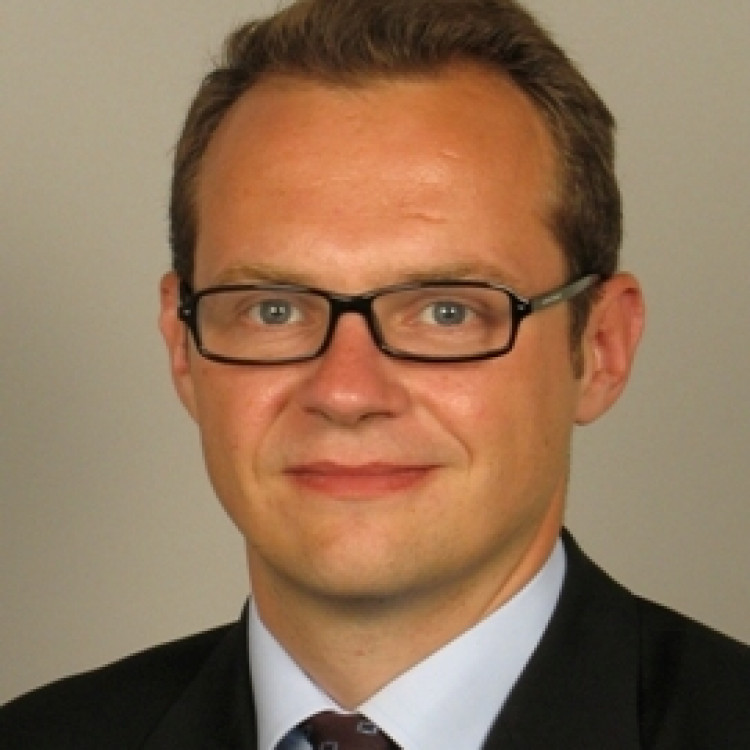Ort: Universität Salzburg
http://www.univie.ac.at/RI/IRIS16
...................(English.text.below)..............................................................
Das nunmehr 19. IRIS findet wiederum im gewohnten Umfeld der Universität Salzburg vom 25.-27.2.2015 unter dem Motto Netzwerke statt.
„Netzwerke“ sind Systeme, deren Struktur sich als Graph beschreiben lässt; als eine Menge von Elementen (Knoten), die mittels Verbindungen (Kanten), miteinander verbunden sind. Die Relationen sind daher vielfältig, können redundant sein und unterschiedliche Bedeutung (Gewichtung) aufweisen. Schon in den 1970er Jahren hat sich Leo Reisinger damit beschäftigt. Aufbauen und Pflegen der Netzwerke, das „Netzwerken“, sowohl im realen Leben als auch in Sozialen Netzwerken, gewinnen immer mehr an Bedeutung. Athi Saarenpää spricht daher nicht mehr von der Wissensgesellschaft, sondern von der Netzwerkgesellschaft.
Im Recht gibt die Kooperationsstruktur die Netzwerkstruktur vor. „Kooperation“ ist das zweckgerichtete Zusammenwirken von Aktionen von Lebewesen, Menschen oder Organisationen verstanden, die durch Arbeitsteilung ein gemeinsames Ziel besser erreichen. Ohne Kooperation keine Systembildung. Die Rolle im Netzwerk reflektiert die Bedeutung als Stakeholder des Systems (oder nach Fritjof Haft als Autorität des Rechts). Derzeit ist es ein System mit Menschen; zunehmend spielen aber auch Maschinen eine Rolle (z.B. FinanzOnline). Typisch für das Recht ist aber auch, dass daneben auch Dokumente eine wichtige Eigenrolle spielen – bahnbrechende Gesetze, Leitentscheidungen, aber auch Flaggschiff-Kommentare. Daher ist es naheliegend, auch das Rechtssystem als ein Bündel von Netzwerken zu verstehen und auch zu analysieren. Die Vernetzung der Dokumente ist ein wesentlicher Mehrwert von Rechtsinformationssystemen (Netzwerksicht des Rechts nach Qiang Lu und Jack Conrad).
Die Informations- und Wissensgesellschaft mit dem Streben nach digitalen Grundrechten erfordert hier grundlegendes Umdenken bei den Juristen. Das Internet hat die Kommunikation revolutioniert. Diese nutzend, sichert die Rechtsinformatik mit den Textkorpora in Rechtsinformationssystemen die Informationsgrundversorgung. Die zunehmende Bereitstellung semantischer Dokumente öffnet den Weg zur Maschine-Mensch- oder auch Maschine-Maschine-Kommunikation. Damit wird der Weg frei für mehr Effizienz bei geringeren Kosten; einem wesentlichen Ziel der Jurisprudenz im 21. Jahrhundert. Die Entwicklung ist schleichend, aber nachhaltig und die Rechtsinformatik steht im Zentrum, weil sich das Wissensnetzwerk wesentlich ändert.
Die IRIS Konferenz ist bekannt für ihre interdisziplinäre Ausrichtung als auch die Einbeziehung der Verwaltung, Wirtschaft und Zivilgesellschaft. Daher bitte ich um Beitragsvorschläge, insbes. zur Netzwerkgesellschaft, der Vernetzung von juristischen Stakeholdern, der Vernetzung von juristischen Dokumenten, soziale Netzwerke juristischer Diskussion und Partizipation, automatisierten Entscheidungsprozessen sowie natürlich den damit zusammenhängenden rechtlichen Fragestellungen. Ein wesentliches Ziel des IRIS2016 ist es, die Wechselwirkungen der Netzwerke im Recht aufzuzeigen und zweckmäßige praktische Lösungen zu finden.
IRIS2016 will nicht die Thematik der Plattform dominieren; Sie als Vortragende bestimmen letztlich das Programm mit ihren Vorschlägen. Ihr Thema und Ihr Beitrag sind uns wichtig, auch wenn diese nicht durch das Leitthema abgedeckt sind.
Termine:
31. Oktober 2015: Beitrag in Form eines kurzen Abstracts (Autor, Affiliation, Titel, etwa 300 Wörter) einzureichen, und zwar per Upload (Menüpunkt Vortrag) auf der Konferenzhomepage oder direkt über die Website des Konferenzprogramms EasyChair:
https://www.easychair.org/conferences/?conf=iris2016
Das Programm wird Anfang Dezember 2015 erstellt.
Die Beiträge sollen uns „camera-ready“ bis 10. Jänner 2016 erreichen, damit diese noch in den Tagungsband aufgenommen werden können. Dieser wird zeitgleich mit der Tagung verfügbar sein. Weiters werden die Beiträge dieser Tagung in der Online-Fachzeitschrift Jusletter IT – Zeitschrift für IT und Recht veröffentlicht.
*******
The next – the 19th – IRIS will take place again in the well-known environment of the University of Salzburg from Thursday, 25 to Saturday, 27 February 2016.
The leading topic of IRIS2016 is: Networks
“Networks” are systems whose structure can be described as a graph; a set of elements (nodes) which are connected together by links (edges). The relations are therefore varied, may be redundant and can have different meanings (weighting). Already in the 1970s, Leo Reisinger has worked on this topic. Establishing and maintaining networks, the “networking”, both in real life and in Social Networks, are increasingly gaining importance. Athi Saarenpää therefore no longer speaks of the knowledge society but of the network society.
In law, the cooperation structure determines the network structure. “Cooperation” is understood as the purposeful interaction of actions of living creatures, people or organizations for better achieving a common goal through division of labour. Without cooperation no system building exists. The role in the network reflects the importance of the stakeholders of the system (or following Fritjof Haft, as an authority of the law). Currently, it is a system with people; but increasingly, also machines play a role (e.g. FinanzOnline). Typical for the law is also that documents play an important role itself – groundbreaking laws, landmark decisions, as well as flagship commentaries. Therefore, it is natural to understand the legal system as a set of networks and also to analyze it as such. The networking of documents is an essential added value of legal information systems (network view of law, following Qiang Lu and Jack Conrad).
The information and knowledge society with its strong focus on digital fundamental rights requires this fundamental rethinking of lawyers. The Internet has revolutionized communication. Taking advantage of this, legal informatics ensures with the provision of text corpora in legal information systems the basic information infrastructure. The growing deployment of semantic documents opens the way to machine-human or machine-machine communication. Thus the way is open for greater efficiency at lower cost; an essential objective of the jurisprudence in the 21st century. The development is insidious, but sustainable and legal informatics is in the centre, because the knowledge network changes significantly.
The IRIS Conference is known for its interdisciplinary focus and the involvement of government, business and civil society. Therefore I ask you to submit proposals, especially in topics on the Network Society, the networking of legal stakeholders, the networking of legal documents, social networks of legal discussion and participation, automated decision making, and of course the related legal issues. A key goal of IRIS2016 is to show the interactions of networks in law and to find appropriate practical solutions.
IRIS2015 does not want to dominate the subject of the platform; the speakers ultimately determine the program with their proposals. Your topic and your contribution is important to us, even if they are not covered by the main theme.
Deadlines:
Submission of a contribution in the form of a short abstract (author, affiliation, title, about 300 words) by 31 October 2015. The abstract should be uploaded via the conference website or directly via the website of the conference software EasyChair:
https://www.easychair.org/conferences/?conf=iris2016
The programme will be available with begin of December 2015.
Camera-ready contributions should be sent by 10 January 2016 at the latest in order to include them in the conference proceedings. The proceedings will be available at the conference. Further, the papers are published in the electronic journal Jusletter IT.
Informationen zu dem oben verwendeten Bild finden Sie unter: https://commons.wikimedia.org/wiki/File:Salzburg_Panorama_(8400734739).jpg

